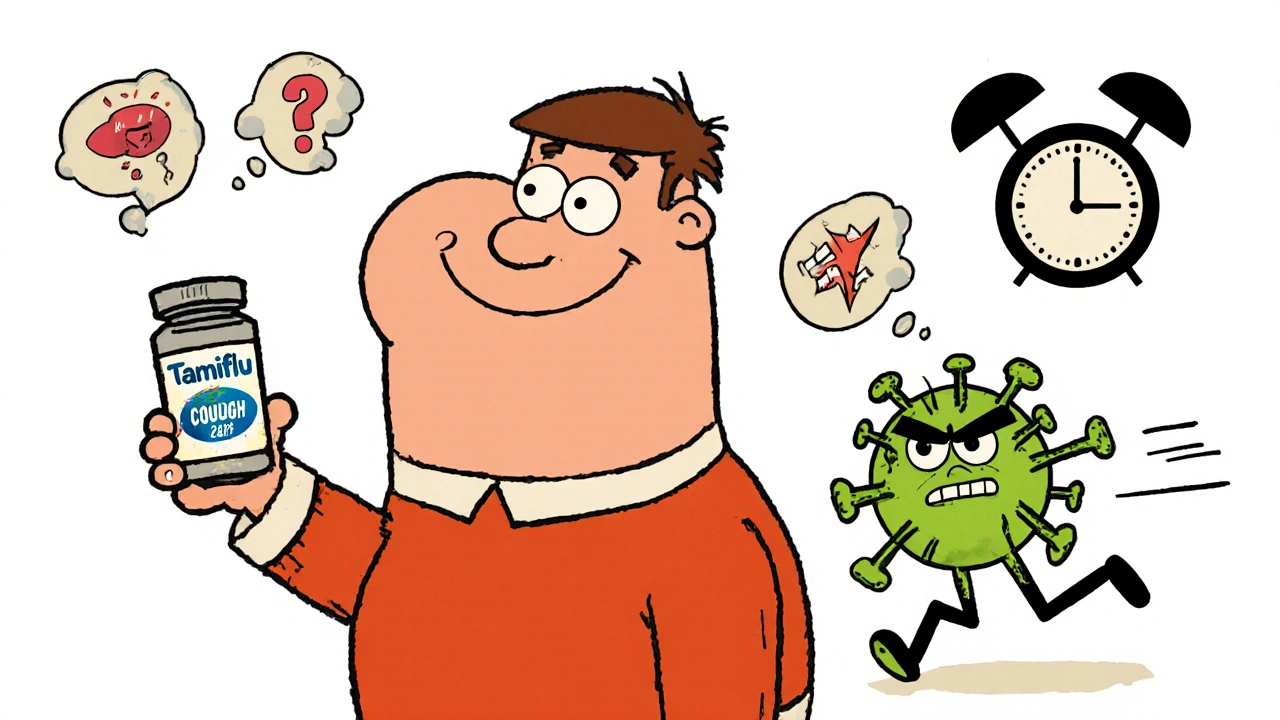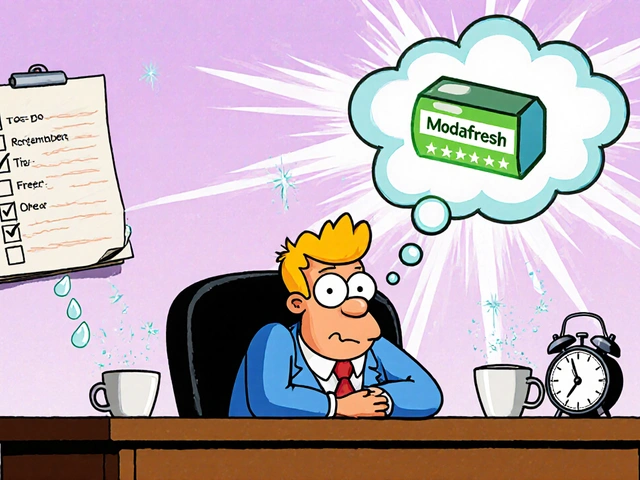Flu Treatment: What Actually Works and What to Avoid
When you have the flu, a viral infection that hits your respiratory system hard, often with fever, body aches, and fatigue. Also known as influenza, it’s not just a bad cold—it can land you in bed for days or worse, especially if you’re older, pregnant, or have a weak immune system. The good news? There are proven ways to treat it, and a lot of myths you can ignore.
Antiviral medications, like oseltamivir (Tamiflu) or baloxavir (Xofluza), are the only treatments that actually shorten the flu by a day or two if taken within 48 hours of symptoms starting. They don’t cure it, but they reduce how sick you get and lower your risk of pneumonia or hospitalization. Over-the-counter remedies, like acetaminophen for fever or decongestants for a stuffy nose, help you feel better, but they don’t touch the virus itself. And no, vitamin C, zinc lozenges, or echinacea won’t make the flu go away faster—despite what ads claim. What you can do is rest, drink fluids, and avoid spreading it to others. Wash your hands. Stay home. Cover your cough.
Some people think antibiotics will help, but that’s a mistake. Flu is caused by a virus, not bacteria. Taking antibiotics when you don’t need them doesn’t speed up recovery—it just increases your chance of antibiotic-resistant infections later. If you’re at high risk for complications, talk to your doctor early. If you’re young and healthy, your body can handle the flu on its own, but you still need to manage symptoms smartly.
There’s also a big difference between treating the flu and preventing it. The flu shot doesn’t guarantee you won’t get sick, but it cuts your risk by 40-60% and makes symptoms milder if you do catch it. It’s not perfect, but it’s the best tool we have. And if you’re wondering why some people seem to get sick every year while others don’t, it’s not luck—it’s often about immune health, sleep, stress, and how often you’re exposed to the virus in crowded places.
Below, you’ll find real-world advice from people who’ve been through it: how to handle side effects from antivirals, when to skip the doctor and when to rush to one, and what actually helps with chills, coughs, and that bone-deep tiredness. No guesses. No hype. Just what works.




